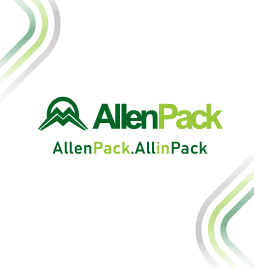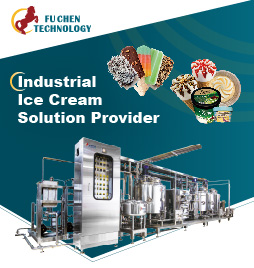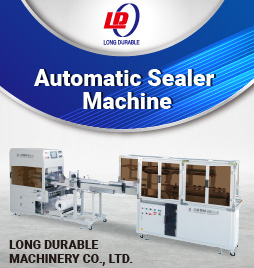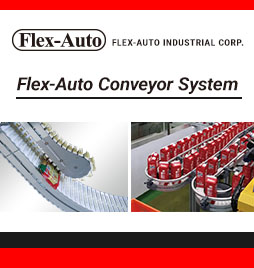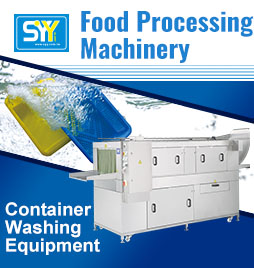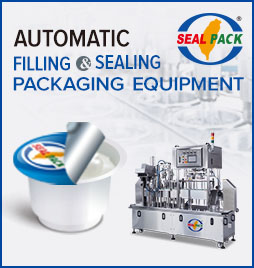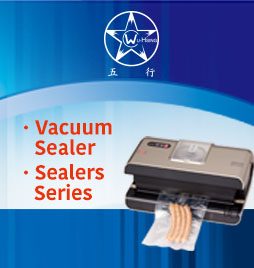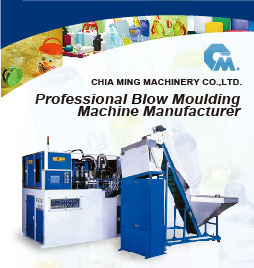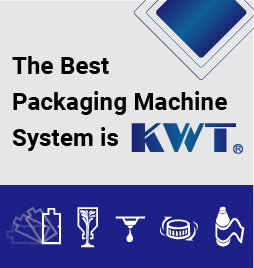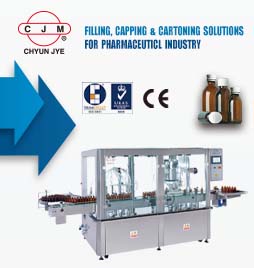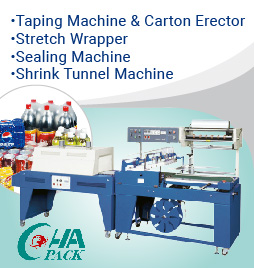FOLDING PLASTIC CAPS and push-pull add value to the beverage sector
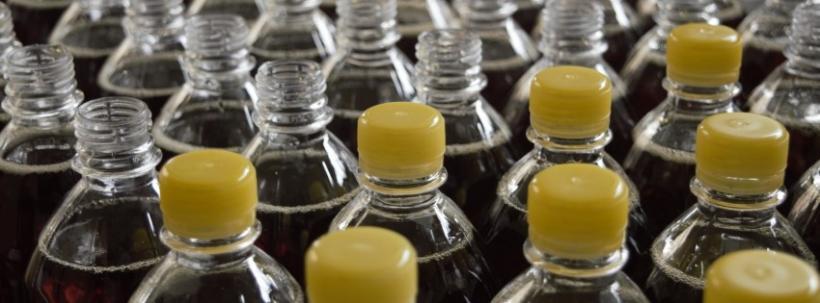
Although the format of plastic screw caps has many benefits, a relative weakness compared to sports-type caps is that it cannot be used for opening the bottles with one hand. l Silvia de Almeida*
* Analyst of the Packaging Industry at Euromonitor International. linkedin.com/in/silvia-de-almeida-6840683a
Bottled water is by far the largest category of beverages in the packaging industry. It reached worldwide sales of 236 billion units in 2015 and is about to represent 63% of the total growth volume of caps for soft drinks in the next five years. This translates into an overwhelming increase of 62 billion units in just five years.
There are two trends that drive this growth in volume: the rising global trends towards healthier beverages and the smaller and lighter types of packaging, such as PET bottles for on-the-go consumption (on-the-go). Although plastic screw caps were the most preferred ones in these trends, it is expected that its volume covers sport beverages in terms of volume, flip-top type, and shows a dynamic growth in many countries.
The growth of water in PET bottles, which are leading in Asia and in North America, is the key for plastic screw caps
Despite being a staple product in many countries, it is forecast that bottled water will show a greater volume of growth in all regions, which is driven by a packaging type: PET bottles. Because of its lightness, transparency and flexibility in size, PET bottles accounted for 89% of the retail bottled water packaging worldwide in 2015. The Asia-Pacific region and North America are expected to reach 74% of the total world volume of water in PET bottles in the next 5 years. Whereas the growth of bottled water is driven by consumer concerns due to the contamination of tap water in Asia Pacific, China, India and Indonesia, the growth in North America, particularly in the United States, is due to a change of consumer demand for substituting sugary drinks, such as carbonated drinks, with healthier beverages, such as water.
The plastic screw cap is the preferred closure means for this type of packaging, which represents 86% of the water sold in PET bottles all over the world. Apart from historically being the accepted standard type of closure for PET and other rigid plastic bottles, the plastic screw cap has the capacity to be used for many sizes of bottles, be it a 19-liter family size bottle or a 200-ml bottle for use on the fly. In addition and throughout the supply chain, the plastic screw cap is often seen as an economical closure, particularly when compared to flip-up and push-pull covers for beverages. The threaded plastic lid is relatively lighter than the lids for bottles of sports drinks, is less complex to produce, and needs less plastic. This, in turn, allows manufacturers to save on transportation costs, which could contribute to the affordability and retail price of bottled water.
Flip-top functions are preferred by children and consumers on the go
Even if the bottle bears a "sports drink" label on drinks with valve-type covers and hinged covers, customer segmentation for these goes beyond sports enthusiasts. Children, drivers and other consumers in motion benefit from the convenience offered by these caps to easily open the bottle with one hand.
It is expected that the folding formats and push-pull type will grow 35% in the next five years, driven by the emerging and developing regions of Latin America, Eastern Europe, the Middle East, Africa and Asia-Pacific. However, it is predicted that the push-pull format will increase at a much slower pace than that of the folding lid as a consequence of the continued drop in demand in the United States, the largest country in the beverage industry in terms of demand.
This deceleration is caused by a change in the demand for push-pull lids of beverage bottles to folding lids, aligned with the tendency of consumers in the United States to consider the earlier one as being less hygienic, since when opening the hand comes in contact with the piece which is then brought to the mouth.
This has resulted in some bottled water manufacturers in the United States investing in collapsible lid closures. For example, in 2016, the brand of bottled water GlacéauSmartwater (Coca-Cola Co.,), which used plastic screw caps on all its bottles, launched its first closures for sports drinks with folding lids on deAptar beverages with the goal of differentiating them.
In conclusion, although the formats of folding and push-pull lids are effectively more functional than the plastic screw caps while being on the move, the latter will continue to be the most important type of closure even beyond the next five years. The ability to adapt to most bottles sizes and the recent innovation to make this closure lighter will ensure its place as the number one closure for bottled water in the following years.

